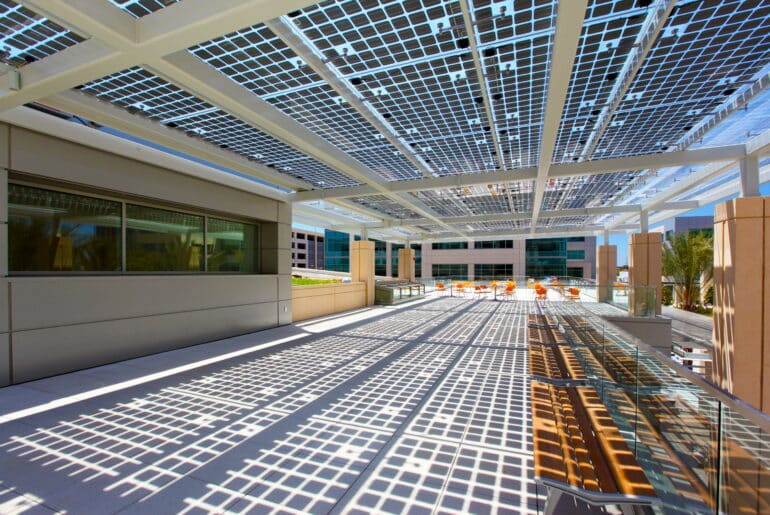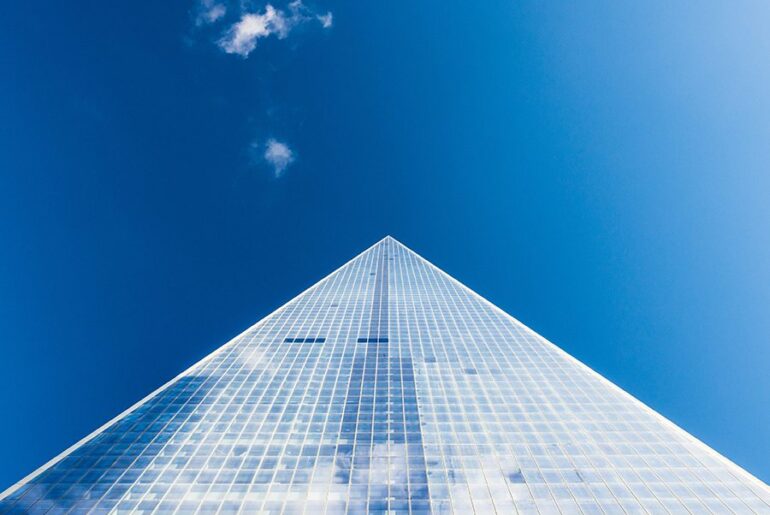The energy efficient commercial building tax deduction (IRS 179D) is a simple way for building owners to make the most of their investment in high-performance real estate. Here, we review what the 179D tax deduction is, what the application process entails, and how to get started.
WHAT IS THE 179D TAX DEDUCTION?
179D is a tax deduction for energy efficient equipment installed in a commercial building that reduces the energy cost by 25-50% in comparison to an ASHRAE 90.1 baseline building. The tax deduction applies to the energy efficiency of the following building systems: interior lighting, heating, ventilation, cooling, and hot water systems, and building envelope.
The tax deduction has been around in various forms since 2006, but under recent changes from the Inflation Reduction Act (IRA), the base deduction ranges from $0.50-$1.00 per square foot. While this is a reduction from the pre-IRA $0.63-$1.88 per square foot baseline, it can still amount to significant savings for larger projects with relatively low effort (more on this later).
Additionally, projects that meet local prevailing wages and use apprenticeship for up to 15% of labor hours now qualify for a bonus deduction and are eligible for a deduction of $2.50-$5.00 per square foot. This is a game changer, especially for smaller properties that might have previously been hesitant to undergo the process to apply for the tax deduction at all; a $5.00 per square foot return is much more appealing, and for good reason.

WHAT DOES THE APPLICATION PROCESS ENTAIL?
If a potential tax deduction is music to your ears, it gets better: assuming your project was designed to be energy efficient, you’re already on the right path. There are four basic steps to the process identified below. Let’s dig into them a bit further.

#1: Energy Model. A whole-building energy model using DOE-approved software must be either created for the building or updated from an existing model that was created for the building department or LEED submittal. There are specific modeling guidelines that need to be followed and the model must represent as-built conditions. The applicable ASHRAE 90.1 baseline code is determined per IRS guidance and is based on Date Construction Begins and/or Date Property is Placed in Service.
#2: Inspection. Field verification is required to confirm installed equipment and building components match energy model inputs and mandatory ASHRAE requirements are met. This verification must be completed by a qualified individual.
#3: Report. A report is provided to the owner for backup documentation for the year they claim the tax deduction, which will detail the following information:
-
- Property overview
- Summary of allowable deduction
- Summary of energy efficient systems installed
- Energy model inputs
- Energy model results
- Energy cost savings calculations
- Field inspection summary
- Certificate of Compliance
- Allocation Letter (for non-profit, governmental agencies, etc. if applicable)
#4: Certification. Before a taxpayer can claim the deduction, they must obtain a certification for the 179D Report. A professional engineer licensed in the state where the building is located must review and stamp the report to certify it.
HOW DO I GET STARTED?
Stok has been providing 179D tax deduction services for over a decade. With the latest changes to the tax code and the extension of this deduction, many projects that were not economically viable before are now more attractive to pursue. Stok recently completed 179D consulting for a client across four buildings totaling 1.82 million SF of their mission critical space and are currently working on sites for a municipal client. On top of long-term energy cost savings from energy efficiency measures, the value in 179D for qualifying projects can’t be overstated.
Stok’s in-house energy modelers, commissioning agents, and professional engineers are here to help you seamlessly secure your 179D tax deduction. Reach out to discuss your project.
Note: Stok does not provide tax advice. Stok’s role is to provide the four services described above in pursuit of the tax deduction. Clients will work with their own tax consultant to claim the deduction.




